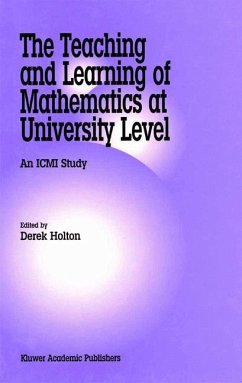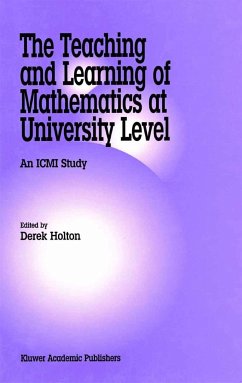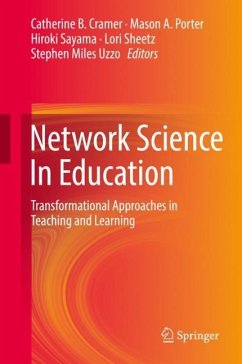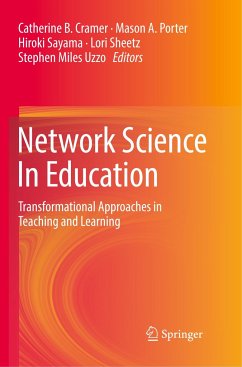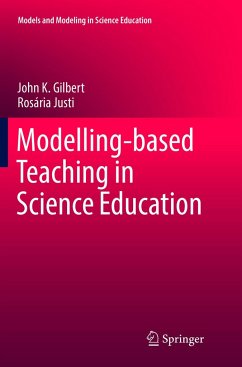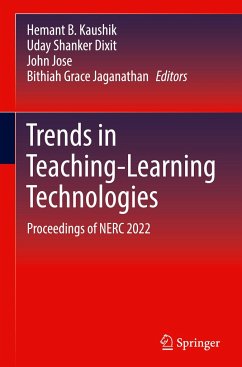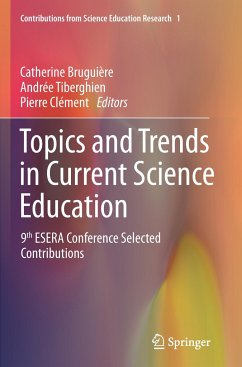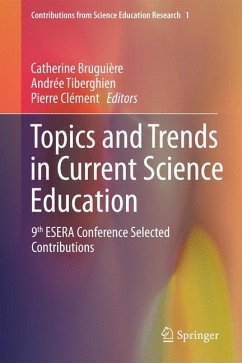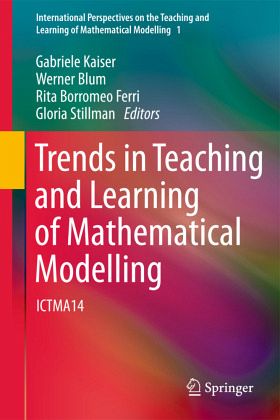
Trends in Teaching and Learning of Mathematical Modelling
ICTMA14
Herausgegeben: Kaiser, Gabriele; Blum, Werner; Borromeo Ferri, Rita; Stillman, Gloria
Versandkostenfrei!
Versandfertig in 6-10 Tagen
228,99 €
inkl. MwSt.

PAYBACK Punkte
114 °P sammeln!
This book contains suggestions for and reflections on the teaching, learning and assessing of mathematical modelling and applications in a rapidly changing world, including teaching and learning environments. It addresses all levels of education from universities and technical colleges to secondary and primary schools. Sponsored by the International Community of Teachers of Mathematical Modelling and Applications (ICTMA), it reflects recent ideas and methods contributed by specialists from 30 countries in Africa, the Americas, Asia, Australia and Europe. Inspired by contributions to the Fourte...
This book contains suggestions for and reflections on the teaching, learning and assessing of mathematical modelling and applications in a rapidly changing world, including teaching and learning environments. It addresses all levels of education from universities and technical colleges to secondary and primary schools. Sponsored by the International Community of Teachers of Mathematical Modelling and Applications (ICTMA), it reflects recent ideas and methods contributed by specialists from 30 countries in Africa, the Americas, Asia, Australia and Europe. Inspired by contributions to the Fourteenth Conference on the Teaching of Mathematical Modelling and Applications (ICTMA14) in Hamburg, 2009, the book describes the latest trends in the teaching and learning of mathematical modelling at school and university including teacher education. The broad and versatile range of topics will stress the international state-of-the-art on the following issues:
Theoretical reflections on the teaching and learning of modelling
Modelling competencies
Cognitive perspectives on modelling
Modelling examples for all educational levels
Practice of modelling in school and at university level
Practices in Engineering and Applications
Theoretical reflections on the teaching and learning of modelling
Modelling competencies
Cognitive perspectives on modelling
Modelling examples for all educational levels
Practice of modelling in school and at university level
Practices in Engineering and Applications





